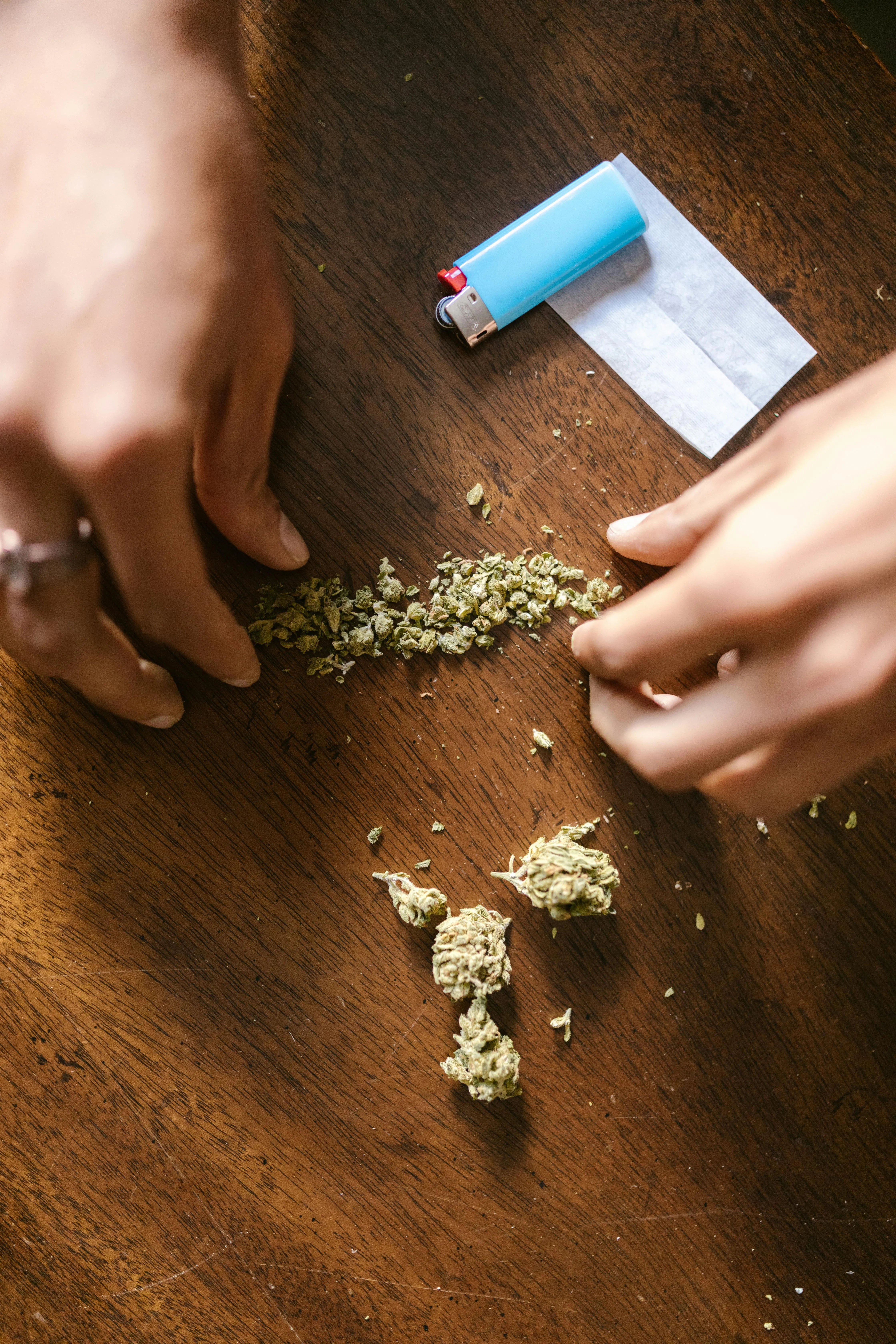Green Leaves at 18: Navigating the Debate on Lowering the Legal Age Limit for Cannabis Purchase
In the vibrant tapestry of societal evolution, few topics spark as much conversation as cannabis legalization. As states across America and nations around the world continue to decriminalize or legalize this plant, a question is arising more frequently: Should the legal age for purchasing cannabis be lowered from 21 to 18? Let’s roll up our sleeves and delve into the highs and lows of this lively debate.
Age, Experience, and Responsibility
The current legal age limit for cannabis purchase is primarily set at 21 due to concerns about cognitive development, maturity, and responsibility. However, proponents of lowering the age argue that an 18-year-old can vote, join the military, get married, and serve on a jury – all actions with potentially more significant consequences than purchasing cannabis. They believe that if these young adults are deemed capable of making such crucial decisions, they should also be trusted to make informed choices about their personal use of cannabis.
The Developing Brain
Opponents of lowering the age limit, on the other hand, point to studies suggesting that regular cannabis use can negatively impact cognitive development, particularly in teenagers and young adults. They argue that the developing brain is more susceptible to these effects, which could lead to long-term issues such as reduced IQ, impaired memory, and difficulty with problem-solving tasks.
A Balancing Act
The crux of the debate lies in striking a balance between individual freedom and public health concerns. While it’s essential to respect young adults’ rights to make personal choices, it’s equally crucial to prioritize their wellbeing. Many argue that education and regulation are the keys to navigating this delicate balance.
Education: The Key to Informed Choices
Advocates for lowering the age limit emphasize the importance of comprehensive education about cannabis, its effects, and responsible use. By providing accurate information and fostering a culture of open dialogue, we can empower young adults to make informed decisions about their cannabis consumption. This approach also encourages responsible sourcing, as educated consumers are less likely to resort to illicit dealers who may sell contaminated or mislabeled products.
Regulation: Ensuring Safety and Quality
Regulation plays a pivotal role in ensuring the safety and quality of cannabis products. Lowering the age limit without stringent regulation could result in easier access to potentially harmful substances. However, implementing robust regulations can help mitigate these risks. For instance, labeling requirements, strict quality control measures, and age-verification systems at points of sale can help protect young adults while still allowing them to make their own choices.
A Shift in Perspective
The debate on lowering the legal age for cannabis purchase is complex and multifaceted. It invites us to reconsider our attitudes towards young adults, their maturity, and their capacity for responsibility. By approaching this issue with an open mind and a focus on education and regulation, we can work towards a solution that respects individual choice while prioritizing public health and safety.
Ultimately, the decision to lower the age limit for cannabis purchase will depend on a variety of factors, including local culture, political climate, and societal values. However, one thing is certain: as we continue to explore the vast potential of cannabis, it’s crucial that we do so with a thoughtful, informed approach that prioritizes the wellbeing and empowerment of all members of our communities – young adults included.
So, roll up, sit back, and let’s keep this conversation going. The future of cannabis policy is in our hands!